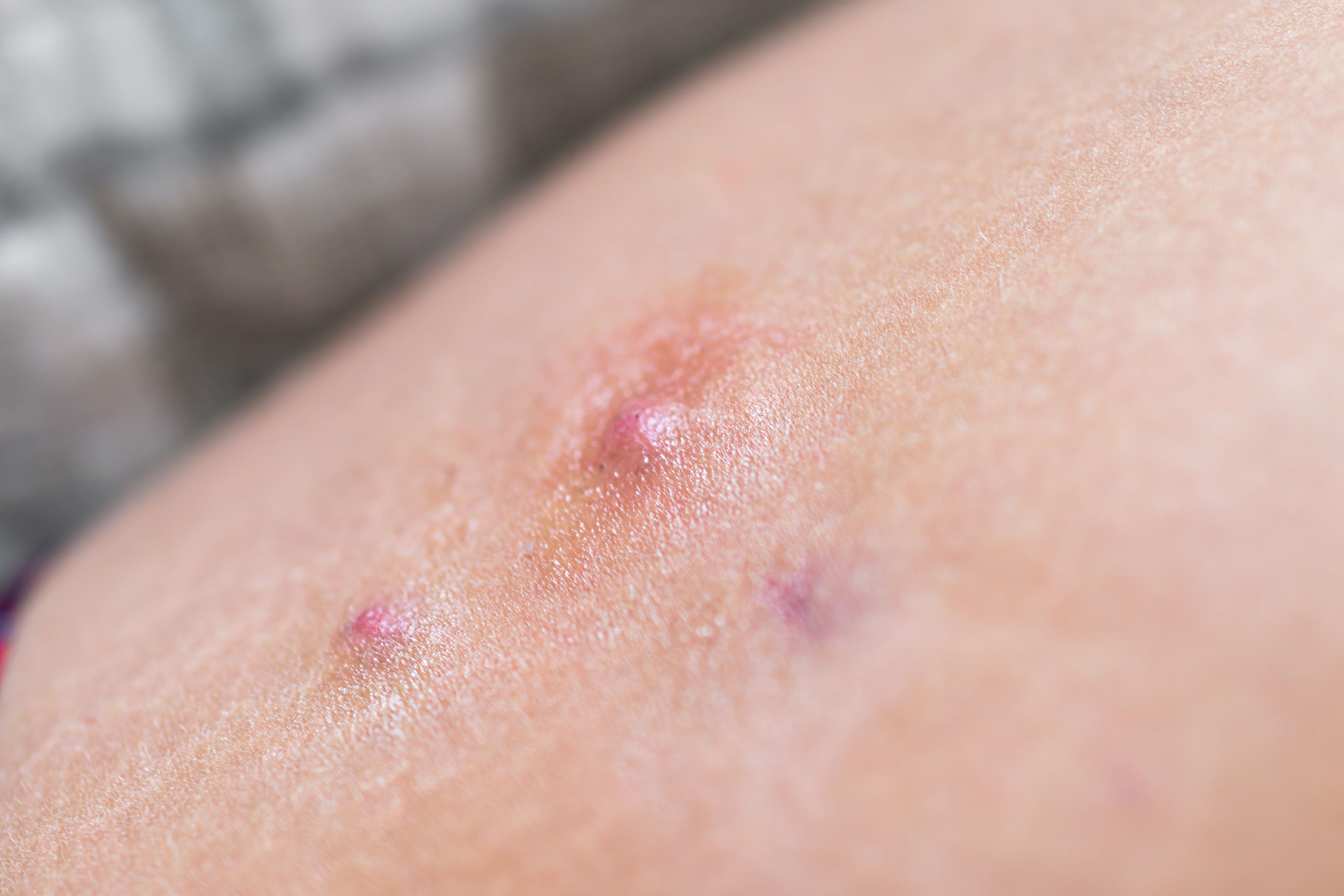Hidradenitis suppurativa (HS) is a highly misunderstood dermatologic condition characterized by small, painful lumps under the skin resulting from inflammation and sweat gland infections. These lumps typically develop on areas where skin directly touches skin.1
This year, the week of June 4 through June 10 is HS Awareness Week. It takes place annually during the first full week of June, uplifting the 0.4%2 of the population with the condition and educating clinicians about new and recent advances for identification, treatment, and patient care.
According to the International Association of Hidradenitis Suppurativa Network, Inc., 4% of adults and children in Canada are living with HS. However, this proportion of patients are living without diagnosis due to a lack of awareness.3 The American Academy of Dermatology notes that many people with HS live with the condition for years without receiving a diagnosis.1
It is estimated that 93% of people with HS are adults between the ages of 18 and 64 years old5; however, this is not to suggest that it cannot impact pediatric patients or patients above the age of 64. It is more common among women, particularly among Black women under the age of 40.5
“Besides a greater risk of having HS, Black, and biracial (Black and white) have more severe HS symptoms than white people,” according to HSdisease.com.
Due to misconceptions and myths about the condition, patients with HS often face perceived and self-stigma. One study4 found that people with HS feel embarrassed by their condition, indicating that they feel “dirty,” “smelly,” or even “ugly.” Researchers noted that this embarrassment and stigmatization contributes to self-isolation, depression and other psychological conditions, and lower quality of life.
Resources for Clinicians and Patients
Myths and Misconceptions
MYTH: HS is caused by poor hygiene, being overweight, etc.
HS is not caused by poor hygiene or weight. While obesity is considered a risk factor for HS and can trigger flares of the condition,1 it is not responsible for the disease’s origin. In fact, it is not even the most common trigger: Researchers consider smoking to be the most common, as research has shown that 70% to 90% of patients with HS smoke cigarettes.1
MYTH: HS is contagious.
HS is not contagious. While the cause of HS is still being investigated, it is not a communicable disease. Sometimes, HS can run in families. It is estimated that 1 in 3 people with HS has a family member with the condition.6
References
- Hidradenitis suppurativa: Overview. American Academy of Dermatology. Accessed June 8, 2023. https://www.aad.org/public/diseases/a-z/hidradenitis-suppurativa-overview#:~:text=Hidradenitis%20suppurativa%20(HS)%20is%20a,and%20treatment%20of%20this%20condition.
- Jfri A, Nassim D, O'Brien E, Gulliver W, Nikolakis G, Zouboulis CC. Prevalence of hidradenitis suppurativa: A systematic review and meta-regression analysis. JAMA Dermatol. 2021;157(8):924-931. doi:10.1001/jamadermatol.2021.1677
- International Association of Hidradenitis Suppurativa Network (IAHSN) calendar. International Association of Hidradenitis Suppurativa Network. Accessed June 8, 2023. https://www.iahsn.org/connect-with-others/event-calendar.html/event/2023/06/05/hs-awareness-week-2023#:~:text=Hidradenitis%20Suppurativa%20(HS)%20Awareness%20Week,June%205th%2D11th%2C%202023.
- Koumaki D, Efthymiou O, Bozi E, Katoulis AC. Perspectives on perceived stigma and self-stigma in patients with hidradenitis suppurativa. Clin Cosmet Investig Dermatol. 2019;12:785-790. Published 2019 Oct 16. doi:10.2147/CCID.S180036
- Hidradenitis Suppurativa statistics. HSDisease.com. Accessed June 8, 2023. https://hsdisease.com/statistics.
- Hidradenitis Suppurativa FAQs. HSDisease.com. Accessed June 8, 2023. https://www.hs-foundation.org/faqs










